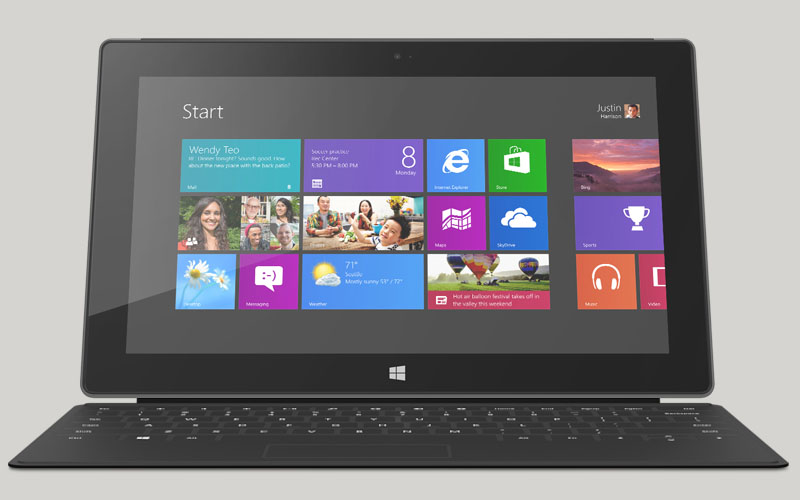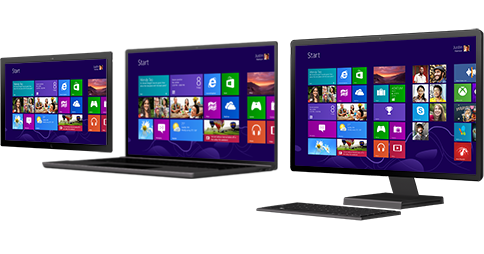
Microsoft is updating its Surface tablets that showcase their redesigned operating system Windows 8. The Surface 2 is the successor to Surface for Windows RT; its 10.6-inch ClearType Full HD display now renders 1080p, it’s powered by the NVIDIA Tegra 4 processor, and its battery life promises 10 hours for video playback. Its full-size USB port has been upgraded to USB 3.0 and its front and back-facing cameras have been upped to 3.5-megapixel and 5-megapixel, respectively; both can capture 1080p video and feature improved low-light performance. Preloaded with Office Home & Student 2013 RT and Outlook 2013 RT, the Surface 2 starts at $449 and will come in 32GB and 64GB configurations when it goes on sale October 22. Customers can choose from a black or white coat this time.
The Surface Pro 2 is the successor to Surface for Windows Pro; it packs the same 10.6-inch ClearType Full 1080p HD display as the Surface 2 but it’s faster as it’s powered by Intel’s fourth-generation 1.6GHz Core i5 processor. MSFT hypes a 75 percent longer battery life than Surface Pro thanks to the new processor and other internal enhancements. The device houses three USB 2.0 ports, one USB 3.0, a mini DisplayPort, Ethernet, and audio in/out. A two-stage kickstand, also featured on the Surface 2, gives users another angle to position their tablet. The Surface Pro 2 starts at $899 and will come in 64GB and 128GB configurations with 4GB of RAM and 256GB and 512GB configurations with 8GB of RAM when it, too, hits the market October 22.
New Surface owners will get one year of free international calling and Skype hotspot access, along with 200GB of SkyDrive storage that is free for two years.
The new tablets will sell alongside some new accessories. The Touch ($119.99) and Type ($129.99) Covers are getting updated with thinner and light-weight designs. A new Power Cover ($199.99, coming in early 2014), which features a Type Cover experience, will extend your Surface’s battery life by up to 50 percent. A Docking Station for Surface Pro ($199.99, also coming early next year) will allow owners to easily connect desktop peripherals to their tablets, “taking you from laptop to desktop in an instant.” A Music Cover gives amateur DJs a new way to dive into the art of music making and remixing; release date and price is still TBA on this one.
Check out the gallery below for a closer look at the new Surface tablets and accessories.
[Via Microsoft]














